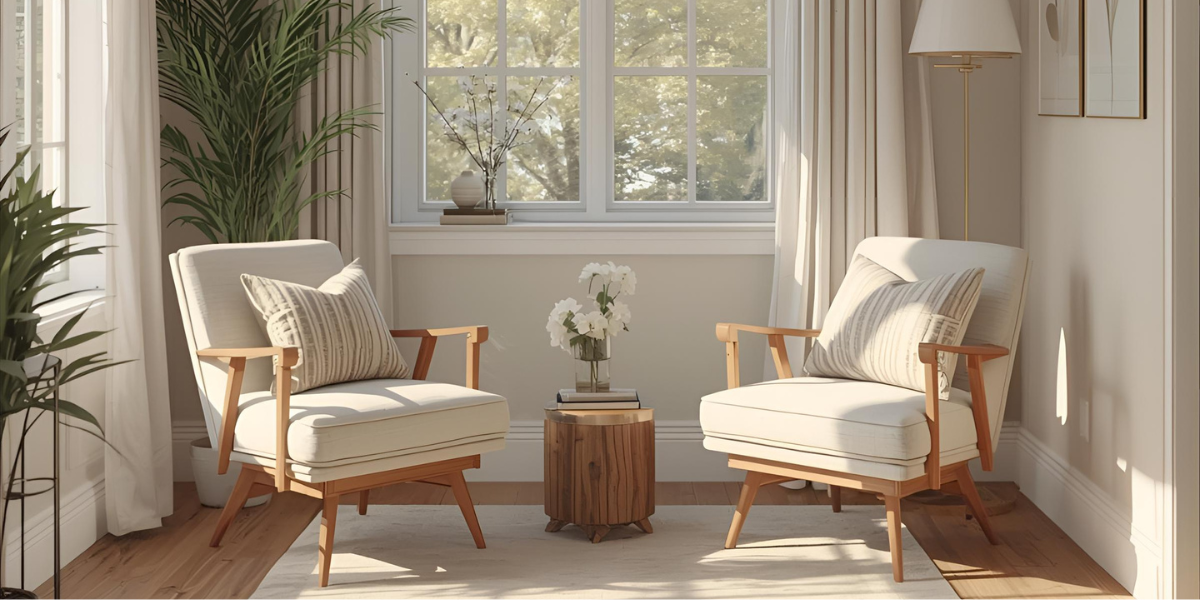As we move into 2024, real estate architects must stay ahead of evolving design trends. The architectural world is continuously shifting, adapting to new technologies, and responding to client demands for sustainability and functionality. Understanding these trends can help architects create spaces that are not only visually appealing but also functional and future-proof.
With the ever-growing demand for eco-friendly designs and multi-functional spaces, it’s essential to be updated on what’s shaping the industry. Here are the top design trends every real estate architect should know for 2024.
1. Sustainability Takes Center Stage
In 2024, sustainability is no longer optional—it’s a necessity. Real estate buyers and renters are more conscious of their environmental impact. As a result, architects are being challenged to incorporate eco-friendly designs and materials. Think solar panels, energy-efficient windows, and green roofs.
Passive design techniques that reduce the need for heating and cooling are becoming more popular. Features like natural lighting, cross-ventilation, and thermal mass can reduce energy consumption and lower costs for homeowners.
2. Biophilic Design: Bringing Nature Indoors
Biophilic design focuses on integrating natural elements into architectural spaces. This trend is growing as more people seek a connection with nature. It’s not just about adding a few plants to a room—biophilic design is about creating an atmosphere that promotes well-being by incorporating natural light, organic materials, and greenery into the building’s structure.
Architects are using biophilic elements such as indoor gardens, living walls, and water features to create calming, healthy environments. This approach is especially relevant in urban areas where access to green spaces may be limited.
3. Multi-Functional Spaces for Modern Living
As lifestyles evolve, so do the spaces we live in. Multi-functional rooms are becoming a staple in modern homes. Real estate buyers are looking for homes that offer flexibility—spaces that can adapt to different needs over time.
For architects, this means designing with adaptability in mind. Open floor plans, movable walls, and versatile storage solutions allow rooms to transform from a home office to a guest bedroom or an entertainment area. This trend caters to both growing families and the increasing number of remote workers.
4. Minimalism with a Twist
Minimalism remains a strong trend in 2024, but with a twist. Rather than cold, stark spaces, modern minimalism focuses on warmth and comfort. Architects are using soft textures, natural materials, and earthy tones to create a sense of calm while maintaining clean, uncluttered designs.
Simple, functional furniture pieces and efficient layouts are key in this approach. The idea is to design spaces that feel inviting and livable, while still adhering to minimalist principles of “less is more.”
5. Smart Home Integration
With technology advancing rapidly, smart homes are becoming the new standard in real estate. Architects must now consider how to seamlessly integrate smart technology into their designs. This includes everything from automated lighting and security systems to temperature controls and energy management.
Smart home devices are not just a luxury; they’re an expectation for many buyers. As such, architects should ensure that homes are equipped with the necessary infrastructure to support these devices, creating a balance between technology and design.
6. Wellness-Oriented Design
In a post-pandemic world, wellness is top of mind for many homeowners. Architects are responding by creating designs that prioritize physical and mental well-being. This trend focuses on natural light, good air quality, and spaces that promote relaxation.
Wellness-oriented homes often feature meditation rooms, spa-like bathrooms, and outdoor living areas. By prioritizing health-conscious designs, architects can meet the growing demand for homes that support a healthy lifestyle.
7. Prefabricated and Modular Construction
Prefabrication and modular construction are gaining traction as efficient and sustainable building methods. In 2024, this trend is expected to grow as architects look for ways to speed up construction timelines while minimizing waste.
These building methods allow for high-quality construction in controlled environments, reducing delays and material costs. Real estate architects who embrace this trend will be able to deliver homes faster and more cost-effectively.
For more insights into modern architectural trends, visit sjlarchitect.com to learn how these practices are shaping the future of real estate.
Staying Ahead of the Curve
The real estate and architectural industries are evolving quickly. By staying up to date with trends like sustainability, smart home integration, and biophilic design, architects can continue to deliver spaces that meet the needs of modern buyers. Incorporating these trends will not only enhance the value of the property but also ensure that it remains relevant and functional for years to come.





